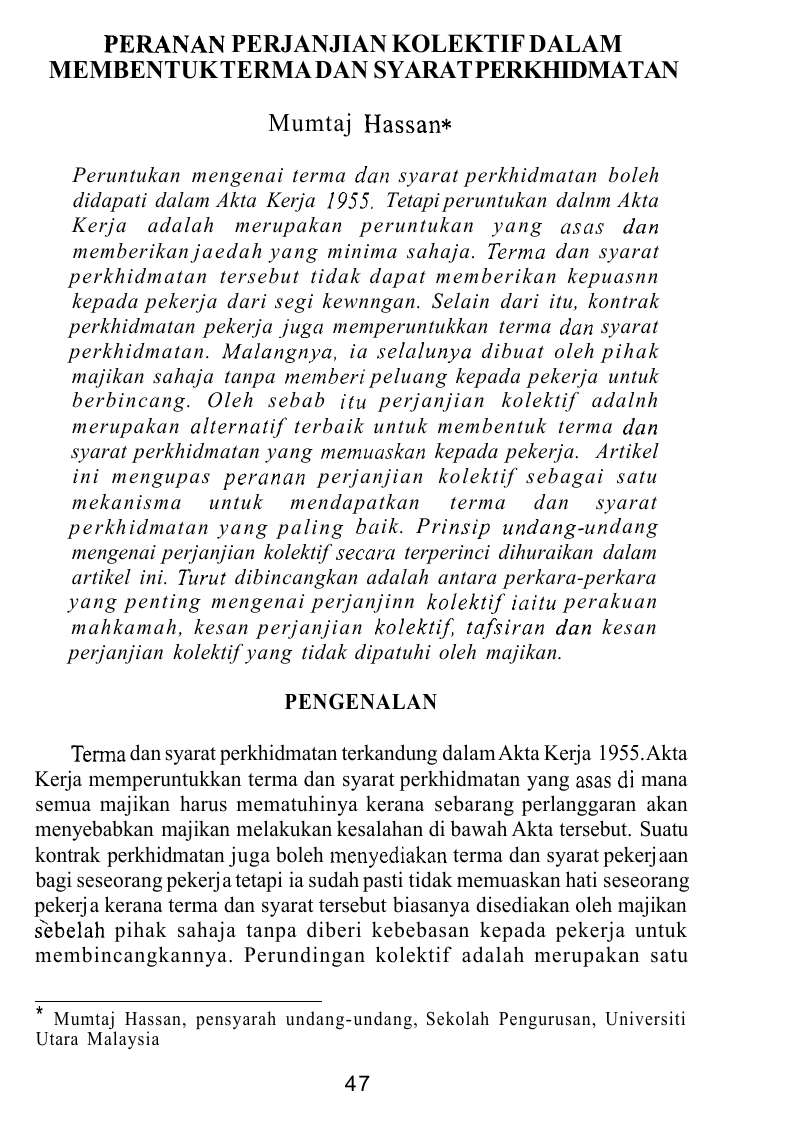
How can a company effectively share knowledge and build organizational memory when its employee base is shrinking? This is an interesting question that has stirred much debate over recent years, both in the public and private sector. While organizations continue to decrease their workforce in an effort to regain acceptable profit margins, cut back on "waste" and become "leaner", they also stress the importance of sharing knowledge among employees and building organizational memory. However, one must consider the irony behind this shrewd, if not tactfully harsh, business practice. With the hopes of increasing efficiency, gaining productivity, and reducing costs, many companies have participated in such efforts. Recent business practices over the past decade have been tainted with corporate restructuring strategies such as downsizing, reorganizations, and job redesigns. At the same time, it has also been shown that downsizing has engendered negative financial, organizational, and social consequences in both Australia and New Zealand. Government interference, executive remuneration, industrial relations demands, competitive national and international market pressures, and the downsizing history of individual industries and organizations, on the one hand, and differences in national cultures and cultural values on the other, may have influenced the adoption of downsizing implementation strategies. It remains unclear as to why large Australian and New Zealand banks have diverged in their approaches and strategies to downsizing and in their differing selection of available implementation strategies. Third, Australian banks favored to adopt reorientation approaches, whereas New Zealand banks were more inclined to embrace reinforcement (convergence) approaches. Second, Australian banks were perceived to have considerable depth in their downsizing, whereas New Zealand banks had more breadth in their overall strategies.

First, Australian banks tended to primarily adopt workforce reduction strategies, whereas New Zealand banks employed a mixture of organization redesign strategies, workforce reduction strategies, and systemic strategies. This study has revealed three major findings. With further rounds of workforce downsizing predicted, it was of considerable interest and importance to examine the implementation strategies that large Australian and New Zealand banks have adopted in their latest downsizing endeavors. The Australian and New Zealand banking industries have been cutting their workforces steadily since the mid-1990s. THE LAW OF RETRENCHMENT IN MALAYSIA NASSRULLAH GHALEB ATSHAN MASTER OF LAW UNIVERSITI UTARA MALAYSIA DECEMBER, 2016. The study also suggests that a compensation package should be provided for those workers who do not fall under the first schedule of Employment Act 1955. The study suggests that the employer should follow the proper procedures in retrenching the employees. The findings revealed that many of the retrenchment awards were made against the employers due to the retrenchment exercise which violated the relevant statutes and the established procedures. The methodology used in this research is a pure legal research and data is collected from decided cases, journals, legal documents, articles and text books. Therefore, theobjective of the present study was to examine the law, procedure and process of retrenchment in Malaysia. According to Malaysian EmployersFederation (MEF) as in 2015 more than 20,000 employees were retrenched and predicted that it will get worse in 2016. A retrenchment happenedwhen there is a redundancyof workers. Retrenchment is a terminationof any employment contract by the employer witha compensationpackage. Kajian ini juga mencadangkan bahawa pakej pampasan perlu disediakan untuk pekerja-pekerja yang tidak termasuk di bawah Jadual Pertama Akta Kerja 1955.

Kajian mencadangkan bahawa majikan perlu mengikut prosedur yang betul dalam pemberhentian pekerja. Hasil kajian menunjukkan bahawa kebanyakan award pemberhentian dibuat tidak memihak kepada majikan disebabkan tindakan pemberhentian pekerja yang melanggar undang-undang yang berkaitan dan prosedur yang ditetapkan. Metodologi kajian yang digunakan adalah ialah kajian undang-undang tulen dan sumber data adalah dari kajian ke atas kes-kes yang telah diputuskan, jurnal, dokumen perundangan, artikel dan juga buku teks.

Oleh yang demikian, objektif kajian ini ialah untuk mengkaji undang-undang, prosedur dan proses dalam pemberhentian pekerja di Malaysia. Menurut Kesatuan Sekerja Majikan dalam tahun 2015 lebih daripada 20,000 pekerja telah diberhentikan dan meramalkan bahawa keadaan ini akan menjadi lebih teruk pada tahun 2016. Pemberhentian pekerja berlaku apabila terdapat lebihan pekerja. Pemberhentian pekerja adalah penamatan kontrak pekerjaan oleh majikan dengan pakej pampasan.


 0 kommentar(er)
0 kommentar(er)
